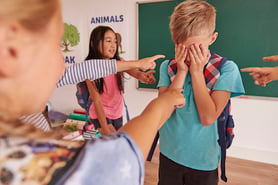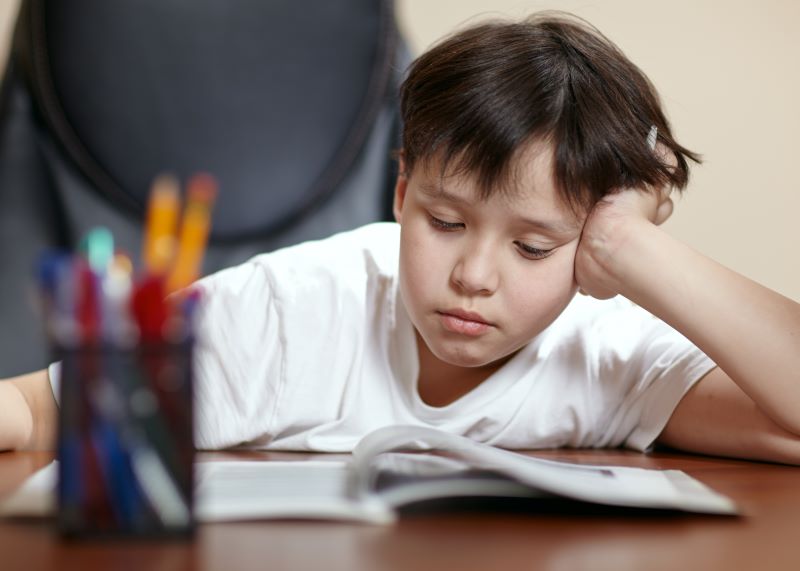 Sometimes your child’s classmates are all friendly or they are singled out from the group, but there is a good chance they will come across bullying at some point during their academic life. Even if they don’t become a target, one of their friends or schoolmates may be and it’s important that your child knows how to handle the situation. Your child’s school also likely has a “zero tolerance” policy for violence, so you should teach your child nonviolent methods for dealing with a bully.
Sometimes your child’s classmates are all friendly or they are singled out from the group, but there is a good chance they will come across bullying at some point during their academic life. Even if they don’t become a target, one of their friends or schoolmates may be and it’s important that your child knows how to handle the situation. Your child’s school also likely has a “zero tolerance” policy for violence, so you should teach your child nonviolent methods for dealing with a bully.
Here are some steps to follow to help your child with bullying:
- Check in with your child. If you suspect your child has become a victim of bullying, talk to them first. Bullies often make their victims feel disconnected or like nobody is looking out for them; prove them wrong. You are your child’s biggest and best advocate. You can’t be at school with them, but you can make sure they know you are always available as a resource. You should also stress to them that they should go to a teacher or another trusted adult whenever they witness an incident of bullying. Be clear in teaching your child that telling an adult about bullying is not a mark of cowardice, but rather a powerful move.
- Check in with your child’s teachers. Whether or not your child has been able to report bullying, make sure you add to their defense by contacting your child’s teacher, guidance counselor, coach, or principal (depending on where the bullying is happening). It can sometimes happen that even when a child reports something to their teacher, it’s not dealt with enough to stop the bullying. Adding in your voice to support your child’s reports is important even when the other adult has taken action. If things escalate to a dangerous level, it can be necessary to also have records of any reports or conversations you or your child have had.
- Believe your child and act quickly. Children rarely make up stories about abuse or bullying, so if your child has chosen to tell you (or another adult) about what’s happening, always believe them first. Even if your child is at a stage where they are lying or making up stories a lot (this happens with a lot of young children), it is better to err on the side of caution and believe them first. Take action to help them or protect them right away, including reporting things to their teacher, removing them from a dangerous situation, or even speaking with the bully’s parents to try and prevent more incidents. Teach your child that talking about these things has immediate consequences and that you will not delay to help them.
- Teach your child how to act with bullies. There are a few ways your child can deal with a bully or potential bully without resorting to violence or even needing to involve an adult. Teach your child to act assertively to a bully with their words and body language, which is often enough to deter a bully from harassing your child to start with. Assertive children use simple, unemotional, and direct language to let bullies know that they do not intend to be victimized. This takes control away from the bully and puts it in your child’s hands instead. Physical actions like maintaining eye contact, keeping their voice calm, standing at a distance, and using the bully’s name when addressing them are also ways of assertively taking control from the bully.
Bullying can be a hard part of growing up, but it is important to remember that it is still harassment. If your child is experiencing bullying, do not hesitate to intervene whether they ask for help or not. Your child’s safety is the most important thing, and some bullies will escalate to physical abuse, which is a crime. Help your child protect themselves, but always step in whenever things are going poorly.





